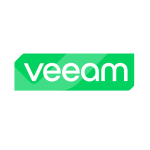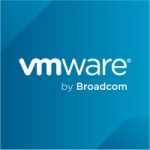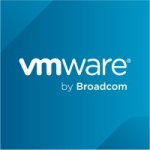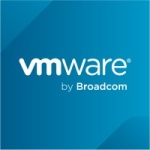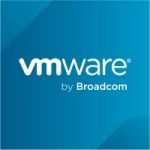Customers and non-technical managers and capacity managers love the reports and recommendations vROps generate. In one console, you can see both your Physical and Virtual Infrastructures merging together.
Using vRO, you can potentially get any user custom enhancements implemented in vRA and beyond.
The vRO (using Functional Programming of Javascript) is a hand-down of the favorite component of this suite. You can create your custom plugins to speak with any third-party application, not forgetting how many enterprise infrastructure product plugins are already available.
In addition, vROps is a brilliant tool for capacity optimization, assessment, and leveraging many benefits of SDDC.
vRLI still needs a lot of improvement to even start comparing with the market leader, Splunk, in terms of data analysis and customized charts/reports generation.
In addition, VMware is still essentially selling the vCAC, which was created by Credit Suisse's DynamicOps.
The CAFE part was created by VMware and it is pretty robust. However, I don't feel the same about the IaaS Windows part. They need to stop using these two loosely coupled components and probably migrate the whole thing to a SUSE-based appliance.
Version 6 of vRO did have its own issues, but the current version is pretty robust. Earlier, the Java client on reload lost flows, and the appliance needed to be started. This is no longer the case.
There are no scalability issues at all.
Customer Service:
Lately, it has been an issue with getting hold of the support team, but they generally are good.
Technical Support:
The juniors are strictly OK, but the escalation leads are brilliant with sound knowledge in troubleshooting.



